Sotheby's to offer the first Chinese imperial firearm ever to appear at auction
The first Chinese firearm with an imperial reign mark to be offered at auction. ‘The Supreme Number One’; Estimate: £1,000,000-1,500,000 (HK$10,270,000-15,410,000 / US$1,330,000-1,990,000). Photo: Sotheby's.
LONDON.- On 9 November 2016, Sotheby’s in London will present the first Chinese firearm with an imperial reign mark to be offered at auction. Created for the Qianlong Emperor of the Manchu Qing dynasty – arguably the greatest collector and patron of the arts in Chinese history – this brilliantly designed and exquisitely crafted musket, produced in the imperial workshops, is to be sold with an estimate of £1,000,000-1,500,000 (HK$10,270,000-15,410,000 / US$1,330,000-1,990,000).
Robert Bradlow, Senior Director, Chinese Works of Art, Sotheby’s London, said: “This remarkable object epitomises the pinnacle of imperial craftsmanship during the Qing dynasty. The gun’s historical importance cannot be overstated – it ranks as one of the most significant Chinese treasures ever to come to auction.”
The musket bears not only the imperial reign mark on top of the barrel, but in addition, incised on the breech of the barrel, are four Chinese characters which denote the gun’s peerless ranking – the exceptional grading te deng di yi, ‘Supreme Grade, Number One’. This grading makes it unique amongst the known extant guns from the imperial workshops, and asserts its status as one of the most important firearms produced for the Qianlong Emperor.
Revered as one of the most powerful ‘Sons of Heaven’, the Qianlong Emperor (1711-1799) was the longest-lived and de-facto longest-reigning emperor in Chinese history (r. 1736-1795). While the Emperor is unlikely ever to have held a gun in battle, he would regularly hunt with a musket such as this impressive example. Two paintings depict the Qianlong Emperor hunting with similar muskets, including a work by Giuseppe Castiglione (1688-1766), the Jesuit missionary artist favoured by the Emperor, and an anonymous court painter (illustrated below, Palace Museum, Beijing).
Anonymous court painter, Emperor Qianlong hunting, Qianlong period (1736-1795). Palace Museum, Beijing.
In the 60th year of his reign (1795), the eighty-five year old Qianlong Emperor declared his abdication, lest he surpassed the 60-year reign of his grandfather, the Kangxi Emperor (r. 1662-1722). In a grand coronation ceremony the following year, his fifteenth son took position of emperor, though the Qianlong Emperor continued to rule China as the Qing dynasty’s only, and China’s last, Emperor Supreme. One year before his death, at the age of eighty-eight, the Emperor Supreme wrote a poem about shooting a deer during his mountain retreat from the summer heat – and eloquently extolled the precision of his musket.
Using only the most luxurious materials, imperial muskets were created in very small numbers by the Manufacture Department of the Imperial Household for the Qianlong Emperor. For a Manchu emperor, a musket would have been an object of the utmost importance and pride, and the Emperor would have given meticulous instructions on how they should be created, repaired or modified. The gun being offered for sale can be linked with a variety of imperial objects from the reign of the Qianlong Emperor, through its reign mark, decorative techniques, and motifs. The plantain leaf and key-fret pattern decorating its nozzle, for example, was used on bronze ritual wares of some 3000 years ago, which were both collected and copied for the Emperor. A similar reign mark and gold and silver decoration can be seen on numerous imperial swords and sabres of the Qianlong Emperor in the collection of the Palace Museum in Beijing.
The Emperor was intent on keeping alive the traditions of the Manchu lifestyle and organised large-scale training hunts at Rehe (Jehol), Chengde, northeast of Beijing, to keep his troops well trained for military campaigns. The advent of Western firearm technology sparked the production of muskets in the imperial workshops, and this modern mode of weaponry had unquestionable advantages over the traditional bow and arrow for hunting.
Numerous writings by the Emperor on muskets, spanning much of his lifetime, are preserved. In his Account of the Tiger Divine Gun, describing a tiger hunt in the 17th year of his reign (1752), he declares his ‘Tiger Divine Gun’, inherited from his grandfather, worthy of a place in the national or ancestral shrine for protecting the dynasty. Priding himself on his hunting, riding and shooting skills, the Emperor held such objects in high acclaim: “…an Emperor must rely on divine appliances to hone martial skills and demonstrate masculine magnanimity, and the musket is wonderfully efficient and pleasing…”.
The Supreme Number One is closely related to six celebrated, named imperial Qianlong muskets in the collection of the Palace Museum, Beijing, which appear to correspond with seven muskets listed in the Qing work, Collected Statutes of the Qing Dynasty with Illustrations. These guns were probably graded in the same way as the Supreme Number One, but of lower grade and/or number (‘Supreme Grade, Number Two’, ‘Top Grade, Number 2’). This musket also forms an interesting comparison with a luxuriously decorated flintlock presented in 1793 to the Qianlong Emperor for his 80th birthday celebration by King George III, via his envoy Lord Macartney, who was received by the Emperor in the imperial yurt at Rehe.

/https%3A%2F%2Fprofilepics.canalblog.com%2Fprofilepics%2F1%2F0%2F100183.jpg)
/https%3A%2F%2Fstorage.canalblog.com%2F03%2F02%2F119589%2F96711876_o.jpg)
/https%3A%2F%2Fstorage.canalblog.com%2F11%2F31%2F119589%2F94773502_o.jpg)
/https%3A%2F%2Fstorage.canalblog.com%2F20%2F83%2F119589%2F94772815_o.jpg)
/https%3A%2F%2Fstorage.canalblog.com%2F26%2F72%2F119589%2F75604929_o.jpg)
/https%3A%2F%2Fstorage.canalblog.com%2F59%2F60%2F119589%2F26458628_o.jpg)




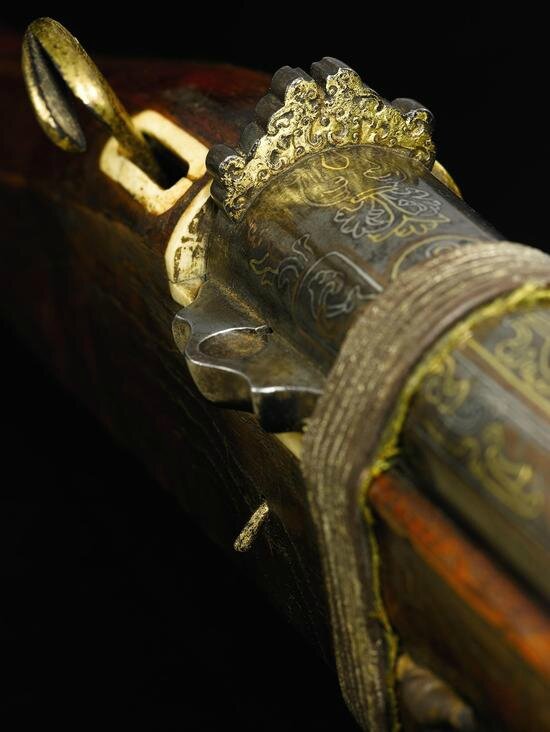
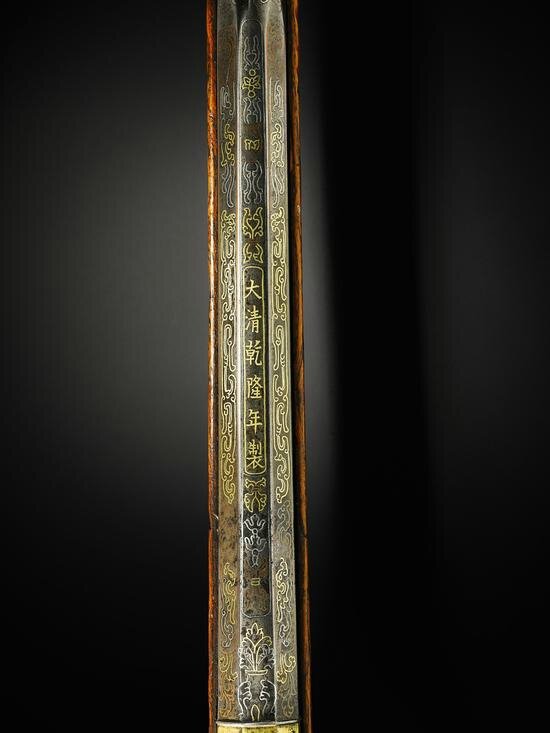
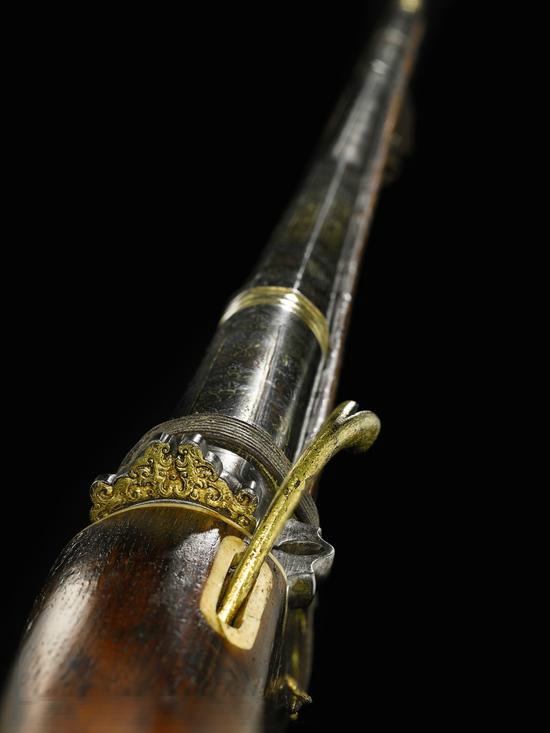
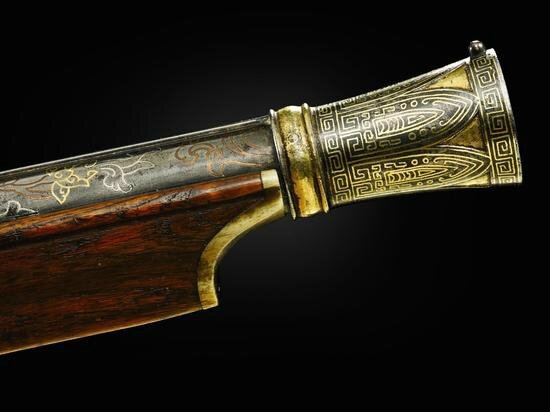
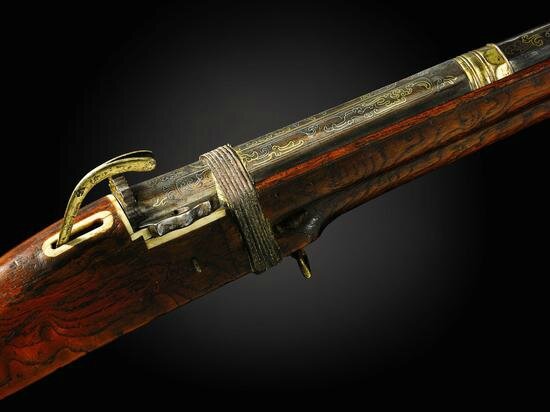


/http%3A%2F%2Fstorage.canalblog.com%2F98%2F98%2F119589%2F129097971_o.jpg)
/http%3A%2F%2Fstorage.canalblog.com%2F93%2F75%2F119589%2F128489120_o.jpg)
/http%3A%2F%2Fstorage.canalblog.com%2F09%2F29%2F119589%2F128488304_o.jpg)
/http%3A%2F%2Fstorage.canalblog.com%2F62%2F18%2F119589%2F128488091_o.jpg)